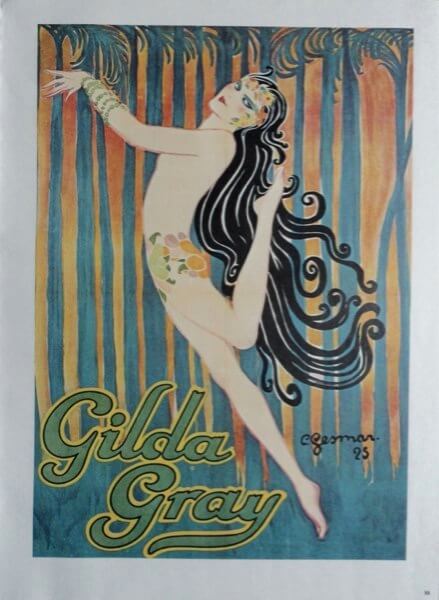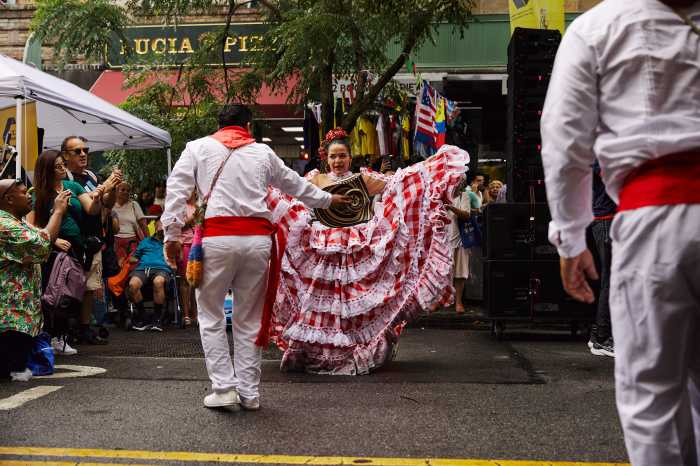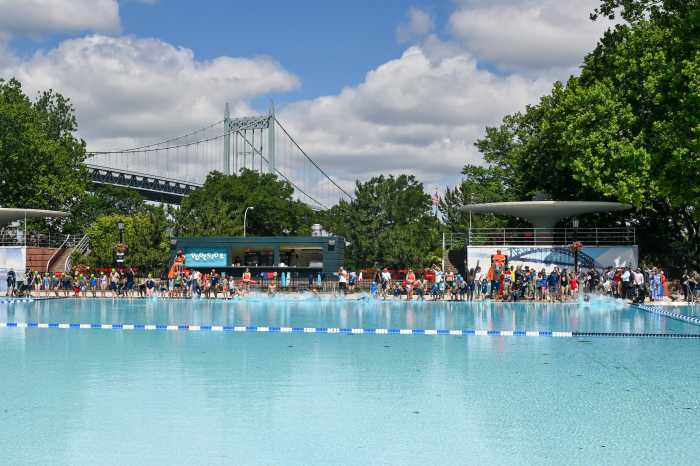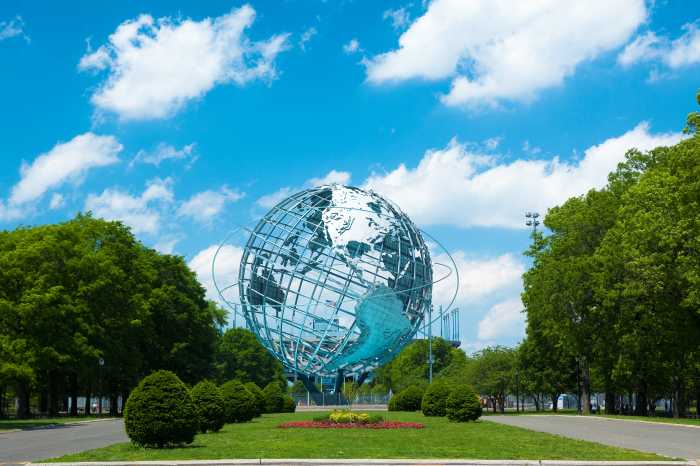By Steve Barnes
Two different stories are told in “Bayside: The Actors’ Enclave,” an exhibit currently on display at the Bayside Historical Society in Fort Totten.
The first of those stories centers on the many show business personalities—actors, directors, writers and producers—who called Bayside home in the early days of the motion picture industry.
“There was an entire colony of people from the industry here,” said Laura James, executive director of the BHS. Numbering over 100 by the exhibit’s count, they included such stars of the era as Pearl White and Marie Dressler, titans of the industry like theater owner and studio executive Joseph Schenck and rabble rousers like Frank Bacon, who was an instrumental figure in the 1919 Actors’ Strike that eventually led to the formation of Actors’ Equity.
“Bayside: The Actors’ Enclave” uses photographs, movie one-sheets, newspapers and occasional screenings of the films themselves to bring that story to life. From a beautifully preserved poster of Gilda Gray (who was most famous for popularizing a racy dance known as “the shimmy”) to a book filled with clippings from the Bayside Bugle, a newspaper of the day, the exhibit is filled with tidbits that reveal a neighborhood quite different from the Bayside of today.
A wall filled with celebrity spreads from magazines reveals several attempts to show off Bayside as a place that exemplified both show-business glamour and a get-away-from-it-all sense of bucolic luxury. “An Estate in Sunny Calif—No! No!” trumpets the headline for a piece spotlighting Pearl White’s Bayside residence, while a story about Norma Talmadge’s home shows her practicing her golf swing and lounging in an arbor.
Several of the era’s most prominent theatrical families were based in Bayside during this period. The Talmadge family also boasted Norma’s sisters, Constance and Natalie (who was married to Buster Keaton), while the Costellos included Dolores Costello, who married into the Barrymore family, and is the grandmother of Drew. Photos and information about them all are included in the exhibit.
At the opening night of the show, attendees watched the antics of Natalie Talmadge and Buster Keaton in a screening of Keaton’s “Seven Chances,” a comedy about a young man who has one day to find a bride or risk losing his inheritance. James says that movie nights are going to be scheduled throughout the run of the exhibit, giving people a chance to see a range of former Baysiders doing what made them famous.
James also stresses that the exhibit is a work in progress, with new elements constantly being added. One of the things to come is a detailed map of Bayside, pinpointing where each celebrity lived and/or worked. If that list is to encompass a cast of characters that ranges from W.C. Fields to Vera Michelena, a Venezuelan-American actress, singer and dancer, drawing up that map should be quite a daunting task.
But the show business side of “Bayside: The Actors’ Enclave” is only half of the story being told. The exhibit also casts a light on the area’s status as what James calls “an extension of the Gold Coast,” the seaside chain of mansions and retreats that ran along Long Island’s North Shore. Adding to the appeal of the area was its newly opened, speedy access to Manhattan via the Long Island Rail Road. An ornately designed 1910 LIRR train schedule is on display in the exhibit.
Two mansions that would give any Gold Coast dwelling a run for its money are also prominently featured. The Ridenour Estate, home to Norma Talmadge and Joseph Schenck, is still standing at 35-35 223rd St. Clay M. Greene, an actor, producer and author of plays, screenplays and opera librettos, owned the Golden Estate, a 35-acre compound in the neighborhood.
Visitors to the exhibit can also take in the history of Fort Totten itself, with archival photos of the Castle, the building that now houses the Bayside Historical Society, lining the building’s hallways. A Gothic Revival-style building, the Castle is a New York City designated landmark in addition to being listed on the National Register of Historic Places.
The Bayside Historical Society is open from 10 a.m. to 4 p.m. on Thursday and Friday, and from noon to 4 p.m. on Saturday. For more information about the society, its program and screen time for those upcoming movie nights, call (718) 352-1548 or go to www.baysi




































